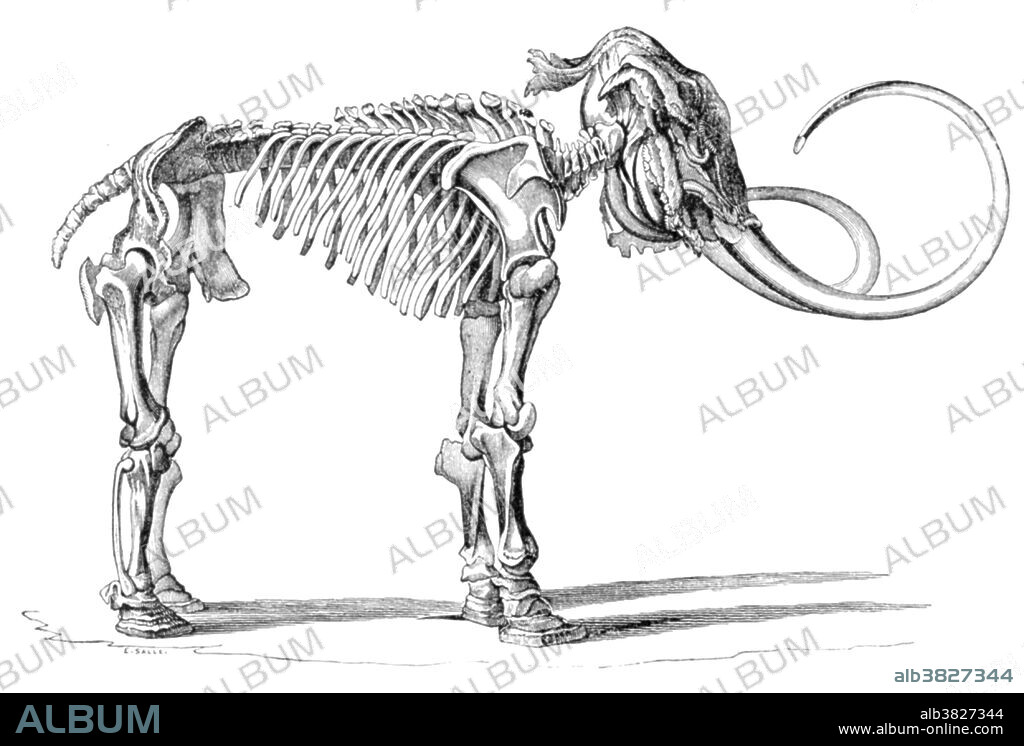alb3827344
Woolly Mammoth, Cenozoic Mammal

|
Ajouter à une autre Lightbox |
|
Ajouter à une autre Lightbox |



Avez-vous déjà un compte? S'identifier
Vous n'avez pas de compte ? S'inscrire
Acheter cette image.
Sélectionnez l'usage:

Titre:
Woolly Mammoth, Cenozoic Mammal
Légende:
Voir la traduction automatique
The Woolly Mammoth (Mammuthus primigenius), also called the tundra mammoth, is a species of mammoth. This animal is known from bones and frozen carcasses from northern North America and northern Eurasia with the best preserved carcasses in Siberia. They are perhaps the most well known species of mammoth. Woolly mammoths are common in the fossil record. Unlike most other prehistoric animals, their remains are often not literally fossilized, turned into stone, but rather are preserved in their organic state. This is due in part to the frozen climate of their habitats, and to their massive size. Woolly mammoths are therefore among the best-understood prehistoric vertebrates known to science in terms of anatomy.This animal appeared during Cenozoic era, the most recent era of geologic time, from about 65 million years ago to the present. The Cenozoic Era is characterized by the formation of modern continents and the diversification of mammals and plants. Grasses also evolved during the Cenozoic. The climate was warm and tropical toward the beginning of the era and cooled significantly in the second half, leading to several ice ages. Humans first appeared near the end of this era.
Crédit:
Album / Science Source
Autorisations:
Taille de l'image:
4500 x 3046 px | 39.2 MB
Taille d'impression:
38.1 x 25.8 cm | 15.0 x 10.2 in (300 dpi)
Mots clés:


 Pinterest
Pinterest Twitter
Twitter Facebook
Facebook Copier le lien
Copier le lien Email
Email
